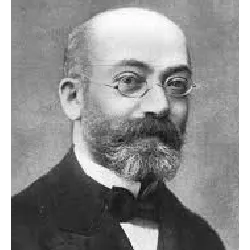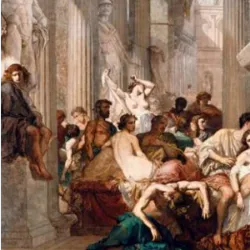Formal Perfection in Literature

Parnassianism was a literary movement that emerged in the second half of the 19th century as a reaction to the sentimentalism of Romanticism. Defending impersonality, objectivity and the search for formal perfection, the Parnassians valued the aesthetics of poetry, using metrical verses, rich rhymes and detailed descriptions. Art should be beautiful in itself, following the motto “art for art’s sake”.
In French literature, the movement had as its main reference the collection Le Parnasse Contemporain, bringing together poets such as Théophile Gautier and Leconte de Lisle. In Brazil, Parnassianism had great strength, being led by Olavo Bilac, author of Profissão de Fé, as well as Alberto de Oliveira and Raimundo Correia, with works marked by technical rigor and exaltation of classical themes.
The historical context of Parnassianism was influenced by the advance of positivism and scientific thought in the 19th century, reflecting a rational and balanced view of art. As the world underwent industrial and social revolutions, the Parnassians moved away from social realism and focused on the structural perfection of poetry.
Despite criticism, Parnassianism left an important legacy in poetry, consolidating aesthetic precision and technical refinement as essential values of literature.
Did you know??













